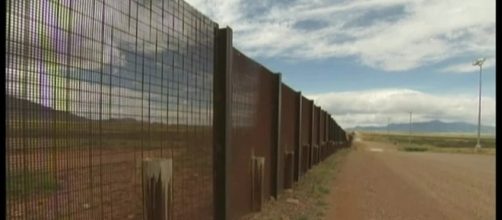There is more opposition to the proposed wall on the U.S.-Mexico Border from the American and Mexican sides. Although the promise of a wall was enough to get votes for then-Republican presidential candidate Donald Trump to beat rival Hillary Clinton, the Democratic candidate, reality is sinking in for the unpopular project.
Electronic sensors
One of the cabinet members of Trump who is not keen on a physical wall is Interior Secretary Ryan Zinke. He pointed out that constructing a physical wall on the border is complicated. In lieu of a concrete wall, he proposed using electronic sensors, the Chicago Tribune reported.
Zinke raised the issue of the Rio Grande which is on the boundaries of both nations. “We’re not going to put it in on our side and cede the river to Mexico. And we’re probably not going to put it in the middle of the river,” he explained. Since Mexico would not invite the U.S. to build the wall from their side, citing the structure could be a problem.
The Mexican side
Even if the U.S. overcomes those obstacles, Cemex, the largest cement company in Mexico, said it would not participate in the wall’s construction, Time reported. But if one of its clients would request a quote for materials, Cemex would give it a quotation. “But this does not imply that Cemex will participate in the project,” Rogelio Zambrano, president of Cemex, said.
Even if Mexicans are angry at the wall, 700 companies in Mexico are willing to build the 30-foot high wall. The project specifies the wall must be difficult to climb and more difficult to cut through. The first phase would construct the fence 26 miles and the second phase would add 151 more miles.
Tequila rain
According to The Sun, if the U.S.
succeeds in erecting the wall, tourists may prefer to be on the Mexican side than the American side. What would attract German tourists would be tequila rain on the Mexican side. To attract German tourists to spend their holiday in Mexico, the Mexico Tourism Board and LAPIZ, a creative agency, invented a tequila cloud that produces real tequila raindrops.
The board is demonstrating the invention at a gallery in Berlin. The invention uses electronic humidifiers contained in a plastic capsule to retain its shape. Droplets are formed when the vapor condenses. All that the foreign tourist and Mexicans have to do to enjoy a glass of tequila is hold a glass when it rains.

